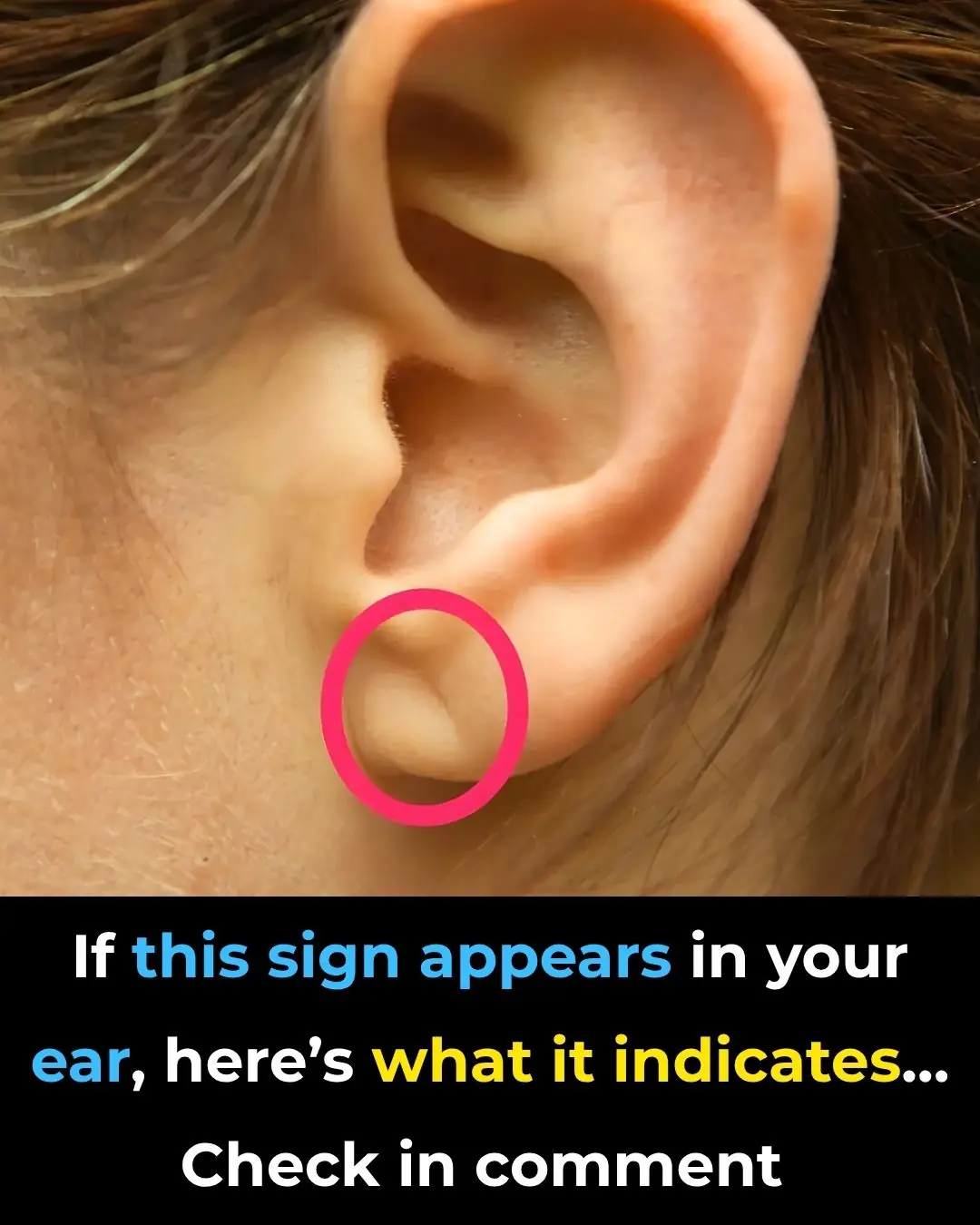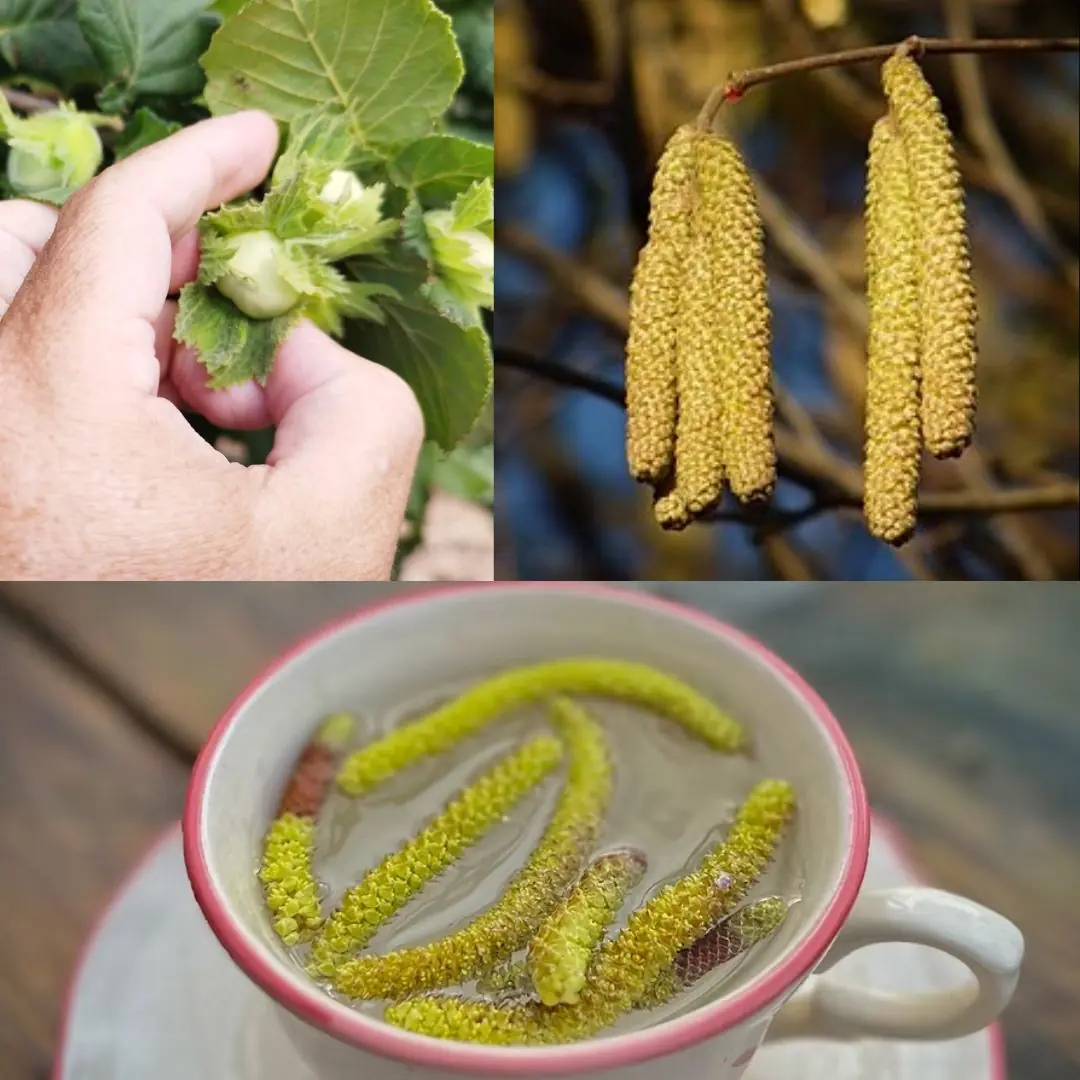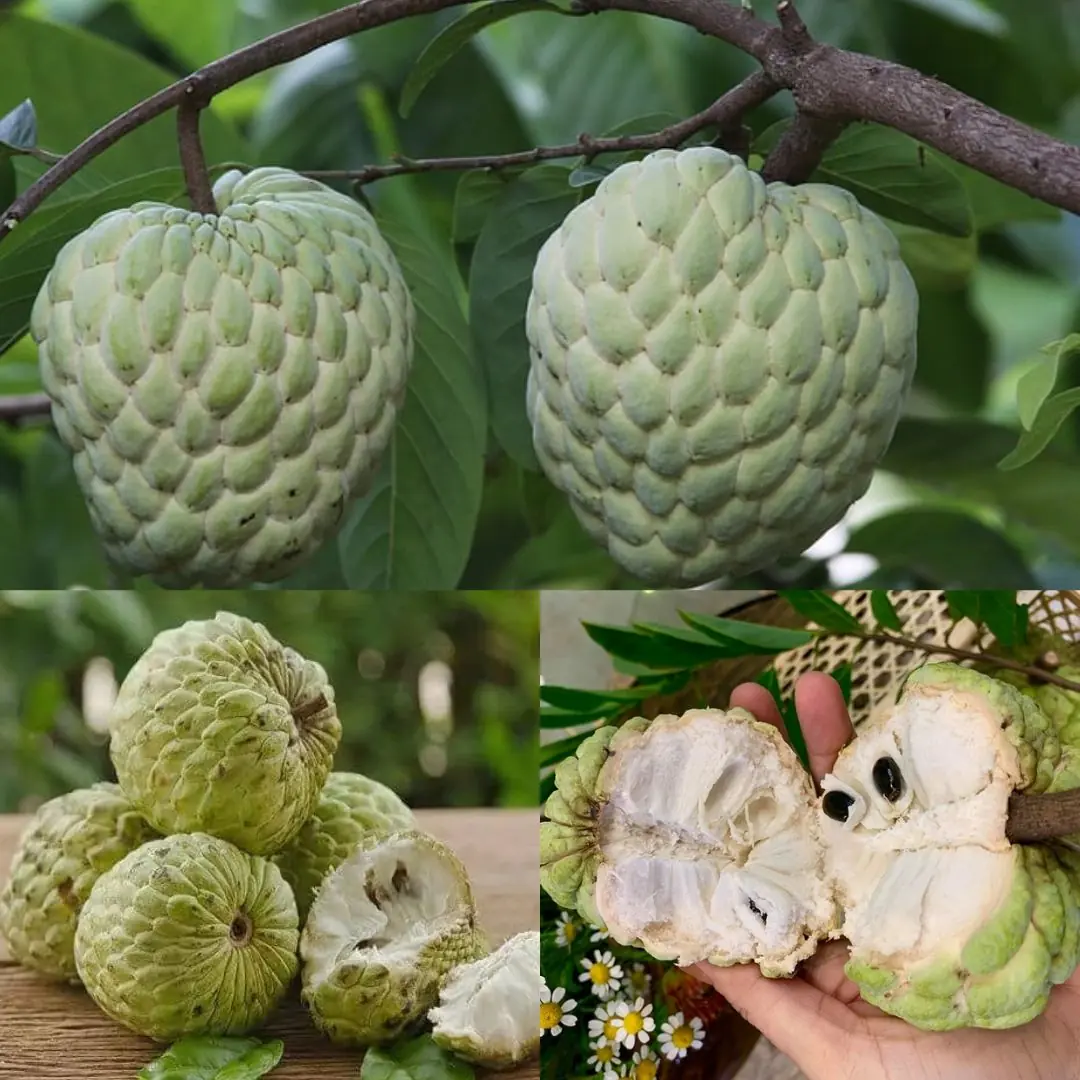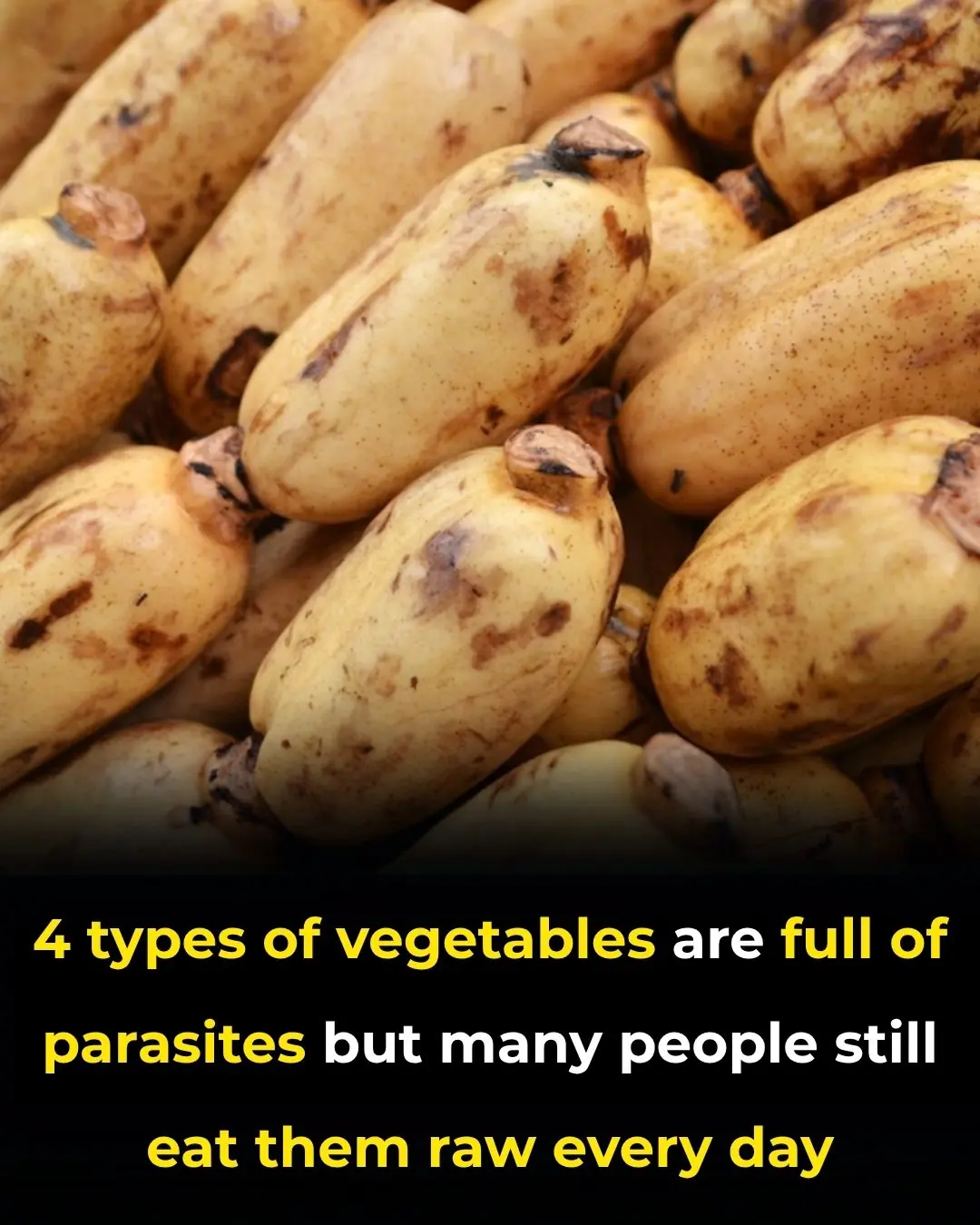
What does this gesture mean?
What the gesture looks like
You make a fist and tuck the thumb between the index (fore) and middle fingers so the thumb peeks out from the gap. In English it’s often called the
fig sign; Italian/Latin traditions call it mano fico (“fig hand”).
Historical origin — why a thumb between fingers?
-
Ancient symbolism: the fig has very old symbolic meanings. In several Mediterranean cultures, the fig and its forms were associated with
fertility and the female sexual organ. The hand shape (thumb between fingers) visually suggests a stylized sexual image. -
Apotropaic use: in Roman and some folk traditions the fig sign was also used as a
protective or insulting gesture — it could ward off the “evil eye” or be flashed as a rude provocation. -
Long history: because the sign is both evocative and visually distinct, it survived folk use for millennia and migrated with people and language.
Why it’s insulting in some places (Brazil, Turkey, Russia, parts of Eastern Europe, etc.)
-
Sexual insinuation: in those cultures the gesture is widely interpreted as a crude, sexual reference — effectively a visual shorthand implying
sexual intercourse or referring to female genitalia. That sexual connotation is treated as vulgar or obscene in polite company. -
Cultural reinforcement: once a meaning becomes common in a region (through folklore, films, street use, jokes), it’s passed down generationally and taught as an obvious insult. People learn to recognize the gesture’s intended rudeness and respond strongly.
-
Equivalent force: culturally, the fig sign carries similar social force to showing the middle finger in many Western cultures — it’s meant to demean or provoke.
-
Context matters: in many of these countries the gesture is used in anger, to mock someone’s masculinity, or to shame them publicly; it’s not a lighthearted children’s trick there.
Regional notes & examples
-
Brazil: the fig sign is considered vulgar and insulting — people will react as if you used profanity.
-
Turkey: strongly offensive in many contexts; can be understood as an obscene sexual reference.
-
Russia & some Eastern European countries: commonly read as an insulting, rude gesture; not jokingly used with strangers.
-
Italy: has complex history — mano fico is both a folk sign (once apotropaic) and an obscene gesture in some usages; context and region matter.
-
United States / much of Western Europe: often lost or diluted: many people only know the gesture as the children’s “got your nose” game or have never seen it at all. Because it never developed the same vulgar reading there, it’s not taken as an insult in most everyday situations.
Why meanings vary so much
-
Different symbolic histories: gestures are culturally coded; the same visual pattern can be linked to different myths, taboos, or idioms in different societies.
-
Transmission patterns:
migration, popular media, and language exchange don’t always spread the same symbolic baggage; a colonial or immigrant route may carry the sign and its meaning to some places, but not others. -
Taboo & prudery differences: cultures vary in what forms of sexual metaphor are socially taboo. Where sexual imagery was historically policed more strictly, the gesture kept or grew its obscene power.
-
Local slang & translation: a gesture gains meaning not only from form but from idioms, rhymes, and jokes in a language — if those don’t exist, the gesture stays neutral or playful.
Practical advice (cross-cultural etiquette)
-
Don’t assume a gesture is universal. What’s play in one place can be a severe insult in another.
-
Avoid using the fig sign in mixed or international groups.
If you want to play with kids (“got your nose”), a safer option is to use words or a clearly playful expression first. -
If someone reacts strongly, apologize quickly. Cultural misunderstandings happen—explain you didn’t know and offer a sincere apology.
-
If you travel, learn local gestures. A short list of taboo gestures for a country can prevent major faux pas.
Quick summary
-
The fig sign (thumb between fore- and middle-finger) has
ancient roots linking it to fig symbolism and sexual imagery. -
In Brazil, Turkey, Russia, and parts of Eastern Europe it is widely vulgar/insulting (similar in force to the middle finger in English-speaking countries).
-
In the U.S. and much of Western Europe it’s usually harmless (often a children’s “got your nose” game) because the sexual/obscene reading never became common there.
-
The difference exists because gestures carry local histories and taboos — always be cautious using unfamiliar gestures abroad.
News in the same category


If a Man Doesn’t Appreciate You, Here’s What You Should Do

When a woman stops loving a man, she begins…

5 hygiene mistakes that many people make... but no one dares to talk about...

Is Too Much Rice Harming Your Health

Has This Ever Happened to You? The Strange Phenomenon That Freezes You in Your Sleep

Some people are only now realizing what the “WC” sign stands for on washrooms

Unbelievable Discovery: Praying Mantis Eggs Found in Christmas Tree

7 Ways to Deal With A Cheating Husband

10 Safest Places to Be if World War III Erupts

Polylaminin: Could This Breakthrough Help Heal Spinal Cord Injuries?

Global AWS Outage Disrupts Major Apps and Airlines, Exposing the Internet’s Fragile Backbone

4 types of ornamental plants that easily cause allergies and poisoning in children, parents should consider before planting

Most Attractive Hobby a Man Can Have According to Women

Make Your Sausages Juicier and More Flavorful With This One Simple Step Before Cooking

Don’t Leave Your Phone Charger Plugged In

These Wax Worm Caterpillars Can Eat & Digest a Plastic Bag in Just One Day

AI Laser Zaps 30 Mosquitoes Per Second from 6 Meters Away

What Is Frank’s Sign
News Post

The Powerful Health Benefits of Papaya Seeds: Why You Should Include Them in Your Diet

The Wonderful Hazel Tree (Corylus avellana): Nutrition, Healing, and Traditional Uses of Every Part

Boiling a Whole Avocado: The Secret to Softness, Nutrition, and a Delicious Baked Recipe

The Hidden Healing Power of Papaya Leaves

Sugar Apple (Annona squamosa): A Sweet Fruit with Powerful Health Benefits

If you find a centipede at home, here is what it means...

Why We Feel That Little Electric Sh0ck When We Touch Another Person—Science Explains

If a Man Doesn’t Appreciate You, Here’s What You Should Do

25 Worrying Signs Your Body Is Trying to Warn You of Serious Health Problems (and What to Do About Them)

The Hidden Power of Lactuca serriola Root (Prickly Lettuce Root)

Why You Should Stop Waking Up to Urinate

4 types of vegetables are full of parasites but many people still eat them raw every day

Hidden Dangers in Your Mouth: Early Signs of Oral Cancer

Maple Trees from Root to Crown: A Complete Guide to Every Edible Part

7 Signs of Arthritis You Shouldn't Ignore

California Poppy: Nature’s Gentle Remedy for Relaxation and More

What is its purpose. see details

When a woman stops loving a man, she begins…

5 hygiene mistakes that many people make... but no one dares to talk about...
